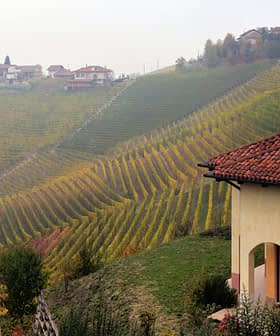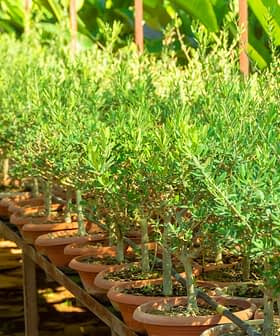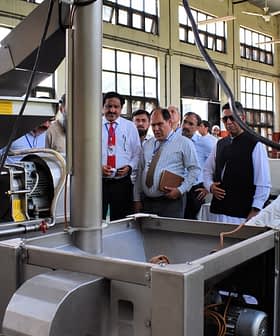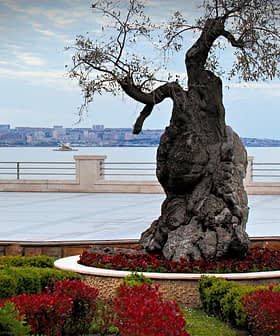Soil erosion continues to be a grave problem in Andalusia, the Spanish and world capital of olive oil production. Members of the olive oil industry are meeting there today, March 3rd, in Jaén to discuss conservation measures.
Jaén’s clay-rich soil is the most prone to rainfall run-off
Biologist Manuel Ruiz, who is coordinating the workshop, said it was estimated that 80 tons of soil per hectare were being lost each year due to the erosion in Andalusia, in south-eastern Spain. “That’s equivalent to about four truckloads of soil for every 100 olive trees.”
After climate change, it’s the biggest environmental problem facing the industry. In Jaén alone, the global heart of olive-production, about a fifth of arable land is badly affected.
Dr. Ruiz, president of the Jaén branch of GEA (Active Ecology Group) , said the workshop was intended to help members of the sector learn what preventive measures could be taken and why they were important.
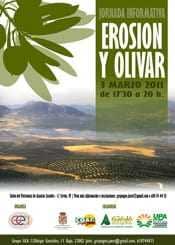 “The measures require above all a change of mentality — to take erosion seriously and change some habits. This may mean learning new techniques and investing in machinery or hiring outside expertise. We need to ensure the knowledge transfer of new crop management techniques to farmers.
“The measures require above all a change of mentality — to take erosion seriously and change some habits. This may mean learning new techniques and investing in machinery or hiring outside expertise. We need to ensure the knowledge transfer of new crop management techniques to farmers.
Dr. Ruiz said among the best ways to conserve soil was to avoid or eliminate tillage (instead using herbicides to remove weeds), reduce the amount of time the ground was left bare, and to use plant ground cover, whether native or not, between rows of olive trees. “In itself, the benefits of using plant cover would offset the investment.”
Parts of Jaén with sloped terrain and clay-rich soil (which becomes compacted under the weight of farm machinery, impeding drainage) are those most prone to erosion by rainfall run-off, he said.
In their 2007 research paper, “Is soil erosion in olive groves as bad as often claimed?”, authors Luuk Fleskens and Leo Stroosnijder warned against taking an alarmist view and suggested that erosion rates were being over-estimated. They also said that the erosion mainly resulted from infrequent high intensity rainfall events and that in some cases, depending on location, tillage applied judiciously in a grove might reduce erosion.
They said their results suggest that average soil erosion rates are unlikely to surpass 10 tons a hectare a year. “Which is still more than the soil renewal by weathering.”
Nevertheless the problem is of great concern and today’s free information session in Jaén is being attended by representatives of rural and environmental groups, including COAG-Jaén, one of Spain’s largest agrarian unions. Gregorio López, COAG’s olive sector spokesman, said that the industry is increasingly pro-active on the issue of soil conservation. Nevertheless, periods of extremely heavy rain in the last two years have taken their toll.
Although another cost at a time when the sector is already struggling to make a profit, plant cover, for instance, is becoming more widely used and once established is not so expensive to maintain, he said.
Meanwhile, a delegation of farmers and ranchers from Nebraska is currently visiting Andalusia to learn about its sustainable agriculture and exchange ideas. As part of the LEAD Program, an agricultural leadership development initiative, they have visited locations this week including an organic olive grove and an olive mill.

